Last updated:
Suicide is among the top 10 causes of death in all age groups between 5 and 64. People with serious mental illnesses struggle with the symptoms and disabilities caused by these diseases, and are challenged by the stereotypes and prejudice that result from misconceptions about mental illness.

Stigmatizing Beliefs

Stigma is defined as the “stereotypical or negative views attributed to a person or groups when their characteristics or behaviors are viewed as different from societal norms.”
There are three levels of stigma:
- Structural, e.g. Insurers offer lower reimbursement rates to mental health clinicians
- Interpersonal, e.g. An employer refuses to offer a job to someone with a real or perceived mental health condition
- Individual, e.g. A person blames themselves for their condition, which leads them to avoid seeking treatment
Stigmatizing beliefs about people with mental health issues may include:
- They’re unpredictable and potentially violent.
- They’re to blame for their mental health conditions.
- They’re unable to do anything but the most menial of jobs.
- They’re childlike and innocent. As a result, they need an authority figure such as a parent or psychiatrist to make decisions about goals and treatments.
What’s the Problem?
Suicide is among the top 10 causes of death in all age groups between 5 and 64. From ages 10-14 and 25-34 it is the second leading cause of death. People with serious mental illnesses struggle with the symptoms and disabilities caused by these diseases, and are challenged by the stereotypes and prejudice that result from misconceptions about mental illness.
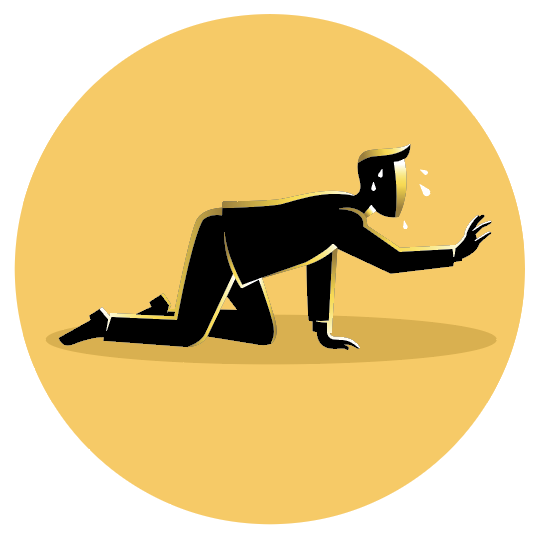
Stigma is inherently linked to power and oppression; stereotypical association between individuals and problematic ideas are created by the powerful and applied to the powerless.
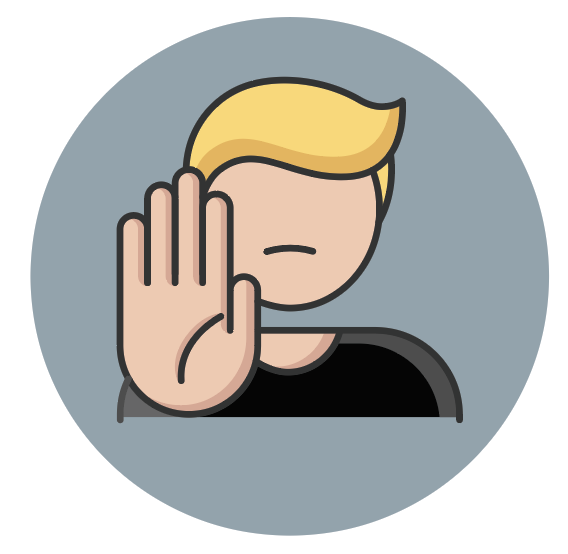
Individuals experiencing mental health conditions often face rejection, bullying and discrimination.

Individuals facing stigma because of their group identity (e.g., poor, Black, homeless, female, LGBTQ) may face additional stigma when suffering from a mental health condition. Transgender adults are four times as likely as cisgender heterosexual adults to report making at least one suicide attempt in their life. – THE CENTER FOR AMERICAN PROGRESS

Negative attitudes towards mental health issues cause delays in seeking help, discontinuation of treatment, suboptimal therapeautic relationships, patient safety concerns and poorer quality of care. In 2021, only 47% (51.7% women; 40.0% men) of American adults received treatment for their mental health. – NATIONAL INSTITUTE OF MENTAL HEALTH

Federal funding for mental health lags far behind other issues. Various studies have found that mental health professionals were similar to the general public in their desired social distance from individuals with mental health conditions. This can result in inferior care for individuals suffering from mental health conditions.
Mental Health in the U.S.
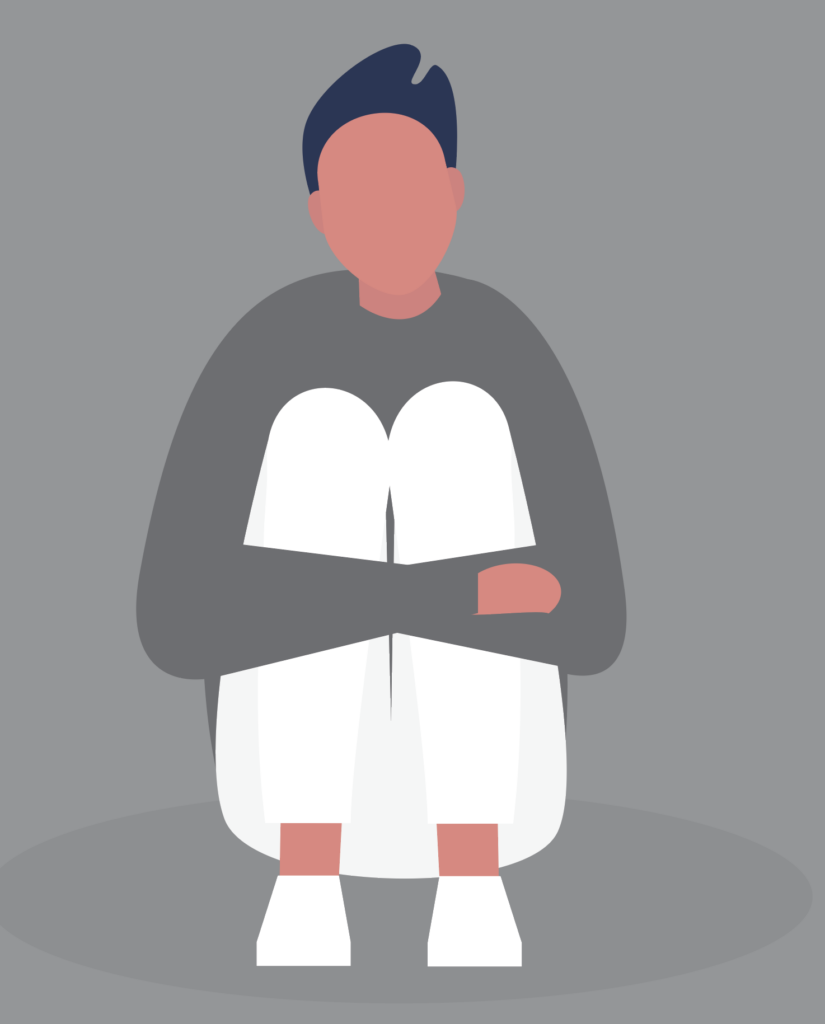
While many individuals do not recognize their symptoms, 1 in 5 adults with mental health conditions reports that they are not able to get the treatment
they need.
- Anxiety and depression are markedly higher today than they were in the 20th Century.
- Access to quality insurance and treatment is improving, but still a significant problem. Costs often must be paid out of pocket because mental health isn’t treated like other physical health conditions.
- Mental health concerns can be addressed through preventative action. Early identification and intervention is critical.
Vulnerable Populations
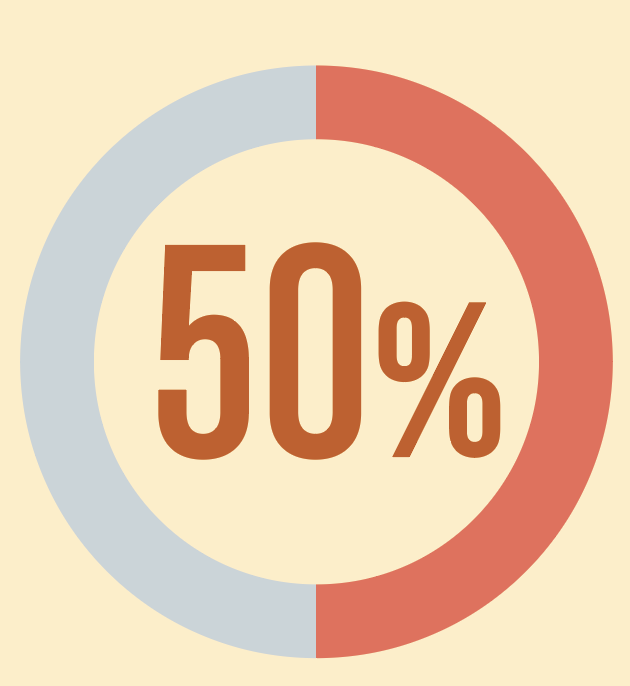
Nearly half of adults with mental health conditions in the U.S. have a co-occurring substance abuse disorder.

LGBTQ individuals are 2 or more times more likely than straight individuals to have a mental health condition.

11% of transgender individuals reported being denied care by mental health clinics due to bias or discrimination

African Americans are 20% more likely to experience serious mental health problems than the general population.
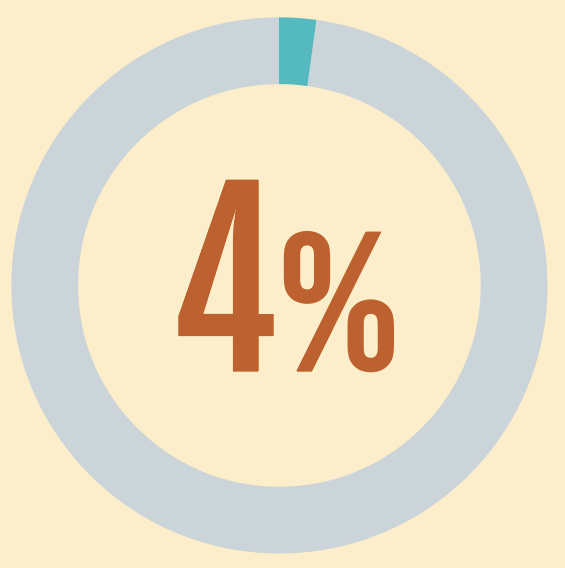
4% of working psychologists in the U.S. identified as Black/African American

Mental health conditions are common among teens and young adults. 1 in 5 live with a mental health condition.
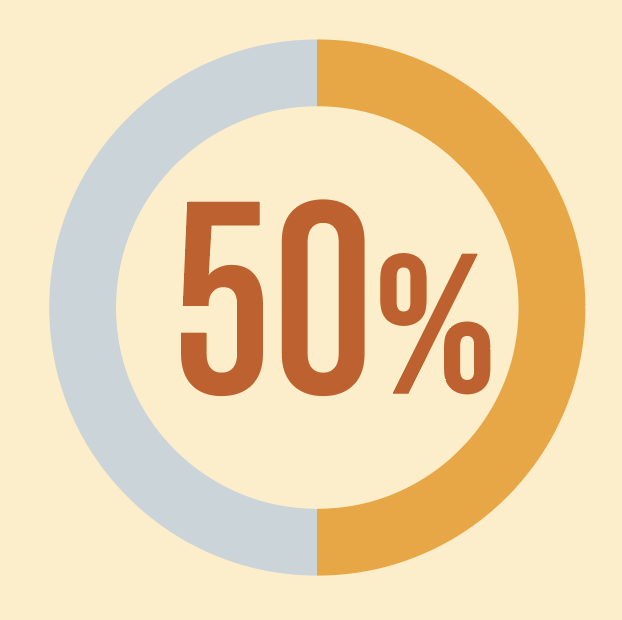
50% of students age 14 and older with a mental illness drop out of high school
COVID-19 Impact on Mental Health
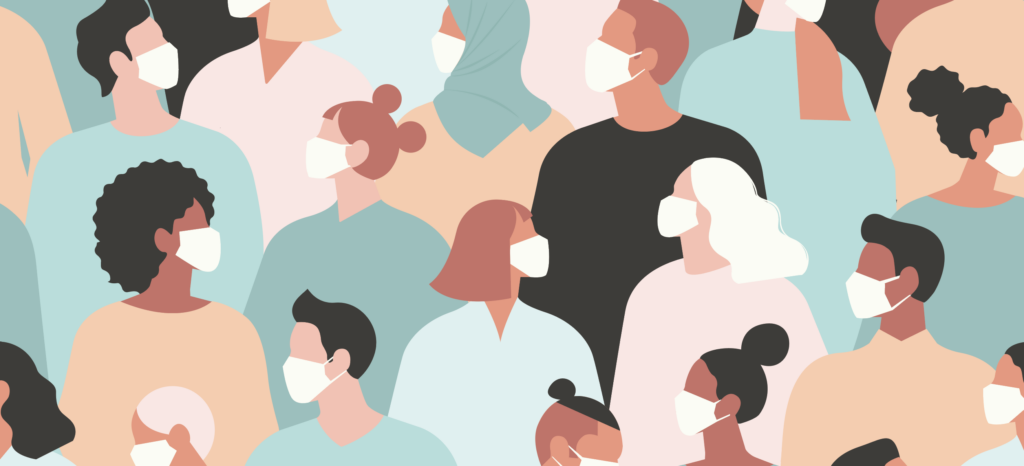
- The pandemic brought about an increase in mental health conditions, substance abuse, and suicidal ideation, particularly within communities of color and youth.
- Drug overdose deaths—largely due to fentany—sharply increased and suicide deaths are once again on the rise. KFF
- According to a survey, roughly half of parents (47%) said the pandemic had a negative impact on their child’s mental health, including 17% who said it had a “major negative impact.” KFF/CNN
- People with pre-existing mental, neurological, or substance-use disorders are also more vulnerable to COVID-19 infection, with higher rates of severe illness, hospitalization, and death. NATIONAL INSTITUTES OF HEALTH
6 Strategies to Reduce Stigma

- Direct services such as crisis intervention
- Advocacy efforts, including social media campaigns and letter writing to encourage policy change
- Programs that encourage contact between people suffering from mental illness and those who are not
- Public education to build awareness about mental health issues
- Training programs for those working with people who have mental health conditions
- Work with institutions such as universities to implement inclusive policies

